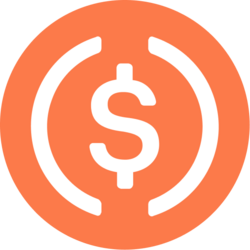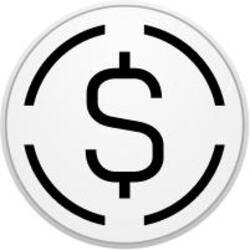
Ahead of the next Federal Reserve meeting later this month, tensions between the White House and the central bank have reached a fever pitch.
On Wednesday, a senior White House official told CNBC and other news outlets that President Donald Trump was likely to soon fire Fed Chair Jerome Powell.
Trump later denied those reports, although he said he wouldn’t “rule out anything.”
Trump has repeatedly said the central bank should have slashed its key benchmark by now. On Friday, Trump once again called Powell “too late” for not lowering interest rates already.
“‘Too Late,’ and the Fed, are choking out the housing market with their high rate, making it difficult for people, especially the young, to buy a house,” Trump wrote in a Truth Social post.
More from Personal Finance:
Trump’s ‘big beautiful bill’ slashes CFPB funding
78% say Trump’s tariffs will make it harder to deal with debt
Tax changes under Trump’s ‘big beautiful bill’ — in one chart
The president has argued that maintaining a federal funds rate that is too high makes it harder for businesses and consumers to borrow and puts the U.S. at an economic disadvantage to countries with lower rates. The Fed’s benchmark sets what banks charge each other for overnight lending, but also has a trickle-down effect on almost all of the borrowing and savings rates Americans see every day.
Fixed mortgage rates, specifically, don’t directly track the Fed, but are largely tied to Treasury yields and the U.S. economy. As concerns over tariffs and the broader economy drive Treasury yields higher, mortgage rates are following suit.
Powell said July 1 that the Fed likely would have cut rates by now, but that it has held off due to the uncertainty and inflation risks posed by Trump’s trade policies.
As of the latest government reading, consumer prices edged higher in June as tariff-induced inflation started to pick up.
Since December, the federal funds rate has been in a target range of between 4.25%-4.5%. Futures market pricing is implying almost no chance of an interest rate cut when the Fed meets at the end of July, according to the CME Group’s FedWatch gauge.
Even as the pressure to slash rates ramps up significantly, Powell has repeatedly said that politics will not play a role in the Fed’s policy decisions.
‘A reflection of the resilience of the economy’
As it stands, market pricing indicates the Fed is unlikely to consider further interest rate cuts until at least September. Once the fed funds rate comes down, consumers could see their borrowing costs start to fall as well.
“The fact that the Fed has been on the sidelines since December, leaving interest rates unchanged, is a reflection of the resilience of the economy and uncertainty about the path of inflation,” said Greg McBride, chief financial analyst at Bankrate.
“At the point where the Fed does eventually cut interest rates, we’d much rather that be due to easing inflation pressures than an economy that is rolling over,” McBride said.
For now, “inflation is still higher than desired,” he added.
The risk is that reducing rates too soon could halt or reverse progress on tamping down inflation, according to Mark Higgins, senior vice president at Index Fund Advisors and author of “Investing in U.S. Financial History: Understanding the Past to Forecast the Future.”
“Now you have a situation where Trump is willing to pressure the Fed to lower rates while they have less flexibility to do that,” he recently told CNBC. “They have to keep rates higher for longer to extinguish inflation.”
The White House has said that tariffs will not cause runaway inflation, with the expectation that foreign producers would absorb much of the costs themselves. However, many economists expect that the full impact from tariffs on pricing could pick up in the second half of the year as surplus inventories draw down.
For consumers waiting for borrowing costs to ease, they may be better off if the Fed sticks to its current monetary policy, according to Higgins.
“There’s this temptation to move fast and that is counterproductive,” Higgins said. “If the Fed prematurely lowers rates, it’s going to allow inflation to reignite and then they will have to raise rates again.”
Subscribe to CNBC on YouTube.












































